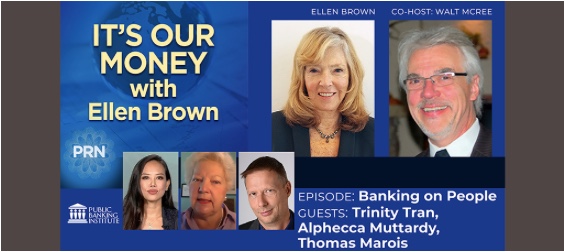By Benjamin Schneider : sfweekly – excerpt
Major changes are headed for California, Lombard, and Park Presidio, while car-free JFK and the Great Highway are slated for extensive study.
How was your 4/20? Hopefully, you didn’t spend it the way the SFMTA Board of Directors did, in a meeting that stretched nearly to the 8-hour mark.
Of course, some things do require a great deal of planning, and this past Tuesday, the SFMTA staff provided the board with updates on transit service, presented plans for new transit-only lanes and “high occupancy vehicle” lanes on some of the city’s busiest streets, and provided a glimpse of their future plans…
Car-Free Streets
In recent weeks, there’s been a whole lot of drama surrounding the question of whether to keep JFK Drive in Golden Gate Park car-free in perpetuity. Supervisor Shamann Walton has described the car-free stretch of road as “recreational redlining,” making the park inaccessible to his Bayview-Hunters Point constituents arriving at the park by car. The De Young Museum has also been lobbying to bring cars back to JFK, arguing that it prevents visitors from accessing the museum. The nearby Academy of Sciences has been more equivocal, saying they support a “thoughtful planning process” before a decision is made on a permanent closure to cars.(more)
Not sure how much the people in San Francisco are willing to put up with, but it looks like SFMTA and SFCTA are going to continue to push drivers out of town, as they are doing all they can to close the streets to cars. Not sure how much longer the majority of the city voters will continue to support the financial demands of the those entities either, but, there is a plan to protest the closure of the Great Highway May 1 at noon. Corner of Lincoln and Great Highway.
If you can, and you care about the way the SFMTA and SFCTA have been managing the streets, you should show up with a personal sign that describes your case for re-opening the Great Highway and the many other streets that have been closed.
Petitions: https://www.discoveryink.net/wp/petitions/
Protests: https://www.discoveryink.net/wp/actions/



